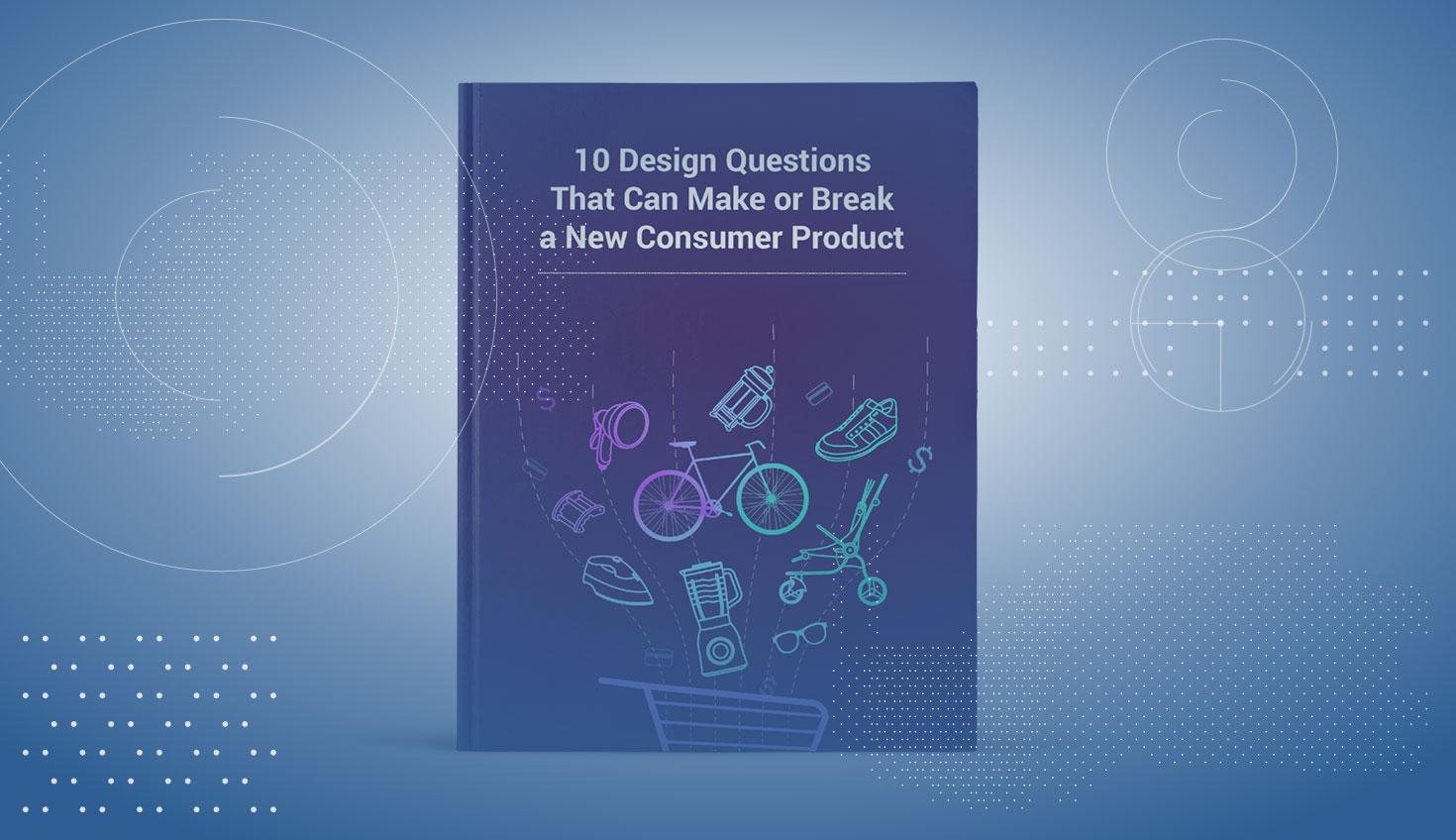The success of a consumer product heavily depends on how well you as a product designer know your target customers. Given the plethora of tools and technologies that are available, it is very tempting to start your product design using CAD. However, this approach will backfire and result in wasted time, money and resources if you don’t deeply understand your customers’ needs first.
History is riddled with examples of products that failed miserably because the designers built products that no one wanted.
How do you avoid becoming one of these embarrassing examples? For starters, you must spend a significant amount of time with your target customers. Find out what is causing them the most pain in terms of money, time or other resources. Observe how they use the current solution to solve these painful problems. Carefully listening to them articulate the drawbacks of their current solution should form the core of your research. Once you discover what is causing the most pain, determine what your product needs to deliver to eliminate it.
It’s important to always keep in mind that customers don’t desire products, they desire an outcome.
You also should spend time talking to other stakeholders who may have insights into the needs of your target customers. This may include internal stakeholders such as sales, marketing, and product management – and also external stakeholders such as industrial design and manufacturing partners.
In addition to understanding the unfulfilled needs of your target customers, it is equally important to assess if these needs are painful enough for customers to justify paying for a new solution. If the answer is yes, establish how much money they are willing to spend. How much money, time or resources is the customer already investing in their current solution?
This target price point will have a huge influence on later decisions, such as choosing materials, manufacturing processes, etc. This knowledge cannot reside only in the minds of your product managers or sales team. You, as a product designer, should also be well-versed in this information.
When you’re in the early research stage, here are some sample questions to ask yourself (this is not an exhaustive list):
- Who are the target customers? What are their demographics?
- What problems do they have today that are in your area of expertise?
- How painful are these problems, and how urgent is it for them to make their pain go away?
- What solutions are your customers currently using to solve these problems? What are the strengths and weaknesses of these solutions? How satisfied are your customers in using these solutions?
- What are the characteristics of the environment in which this product will be used? Will it be in an office? In a rugged environment such as factory floors or construction sites?
- What are the unique non-functional requirements that these environments will pose for the product? For example, water sealing, temperature, humidity, pressure, etc.
Of course, the above questions represent only a small fraction of what you should be asking yourself before you even log into your CAD platform.
To make your design journey easier, Onshape’s latest eBook provides a must-have checklist for you to pressure-test your ideas. The “10 Design Questions That Can Make or Break a New Consumer Product” come from mid-career engineers and designers who graciously shared their decades of product development experience. Their companies specialize in a wide range of products, including: acoustic equipment, home furnishings, baby products, athletic gear, power tools, farming equipment, FM radios, and bicycles.
Despite the diverse focus of these successful companies, it’s remarkable how much their product design and development processes share in common. Their hard-learned lessons can now benefit you, potentially saving your company time, money and frustration.

